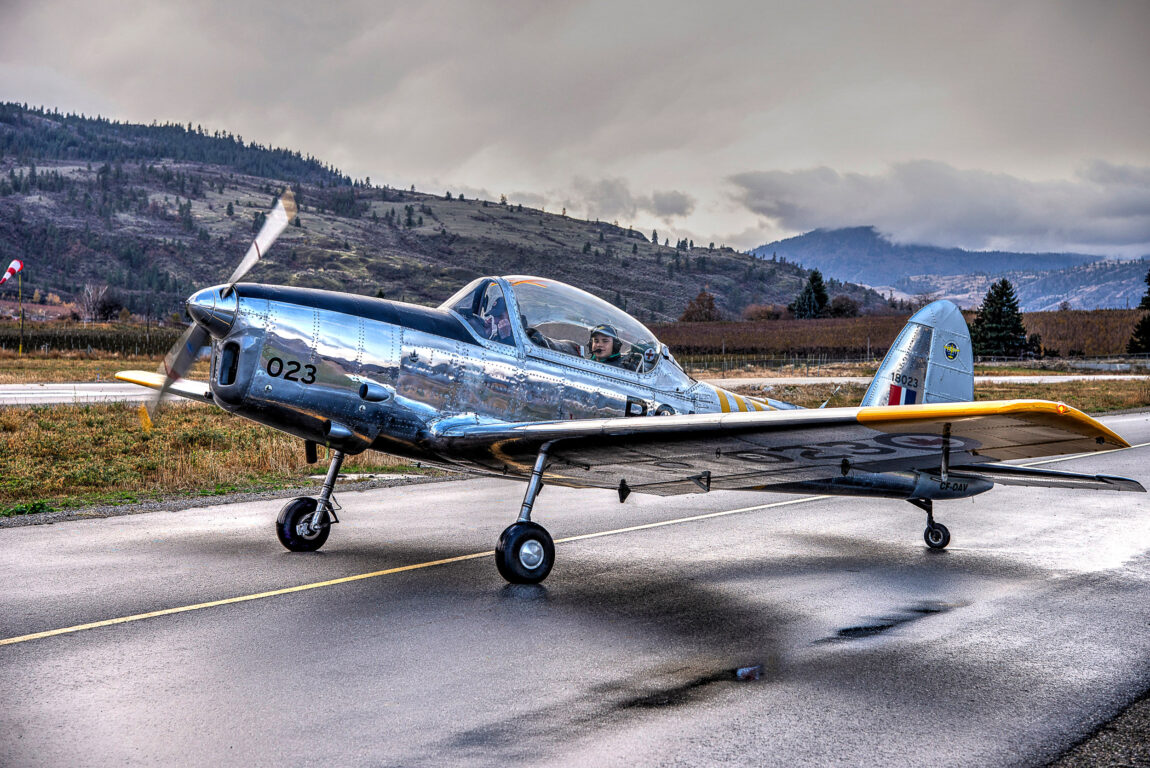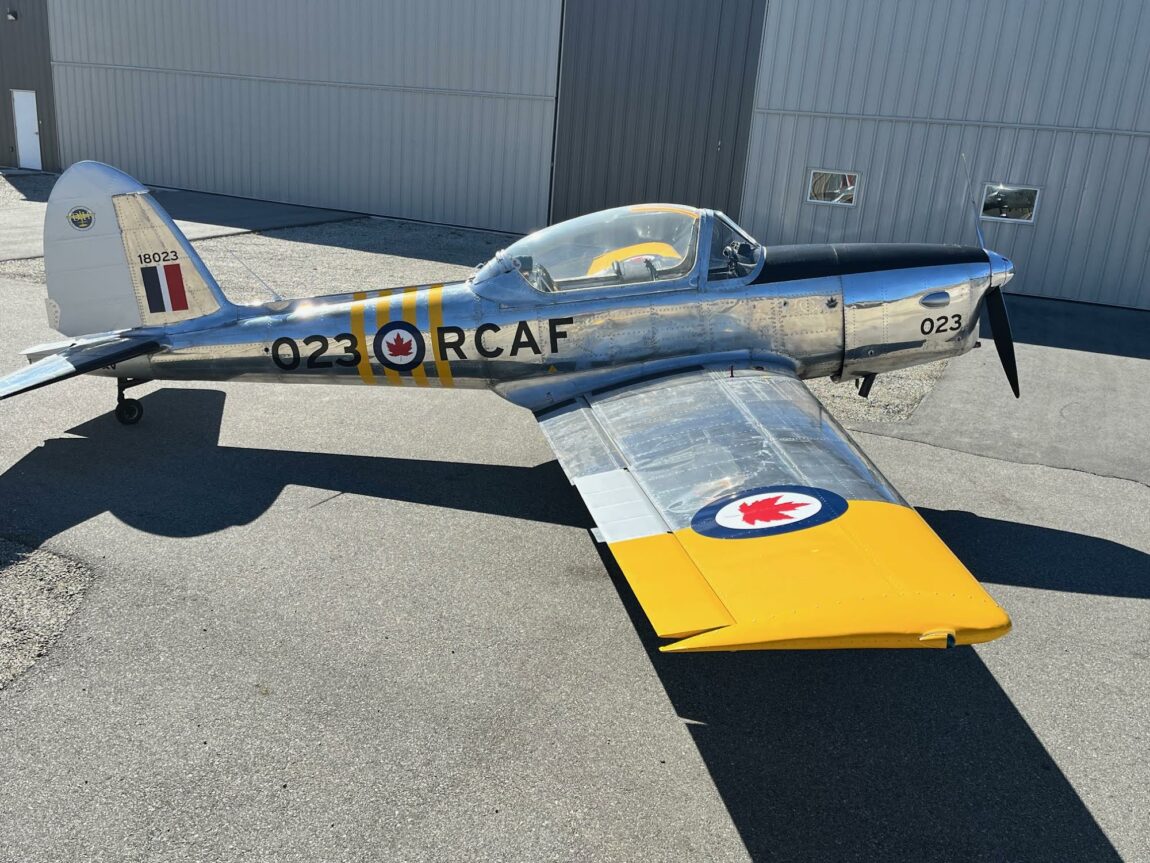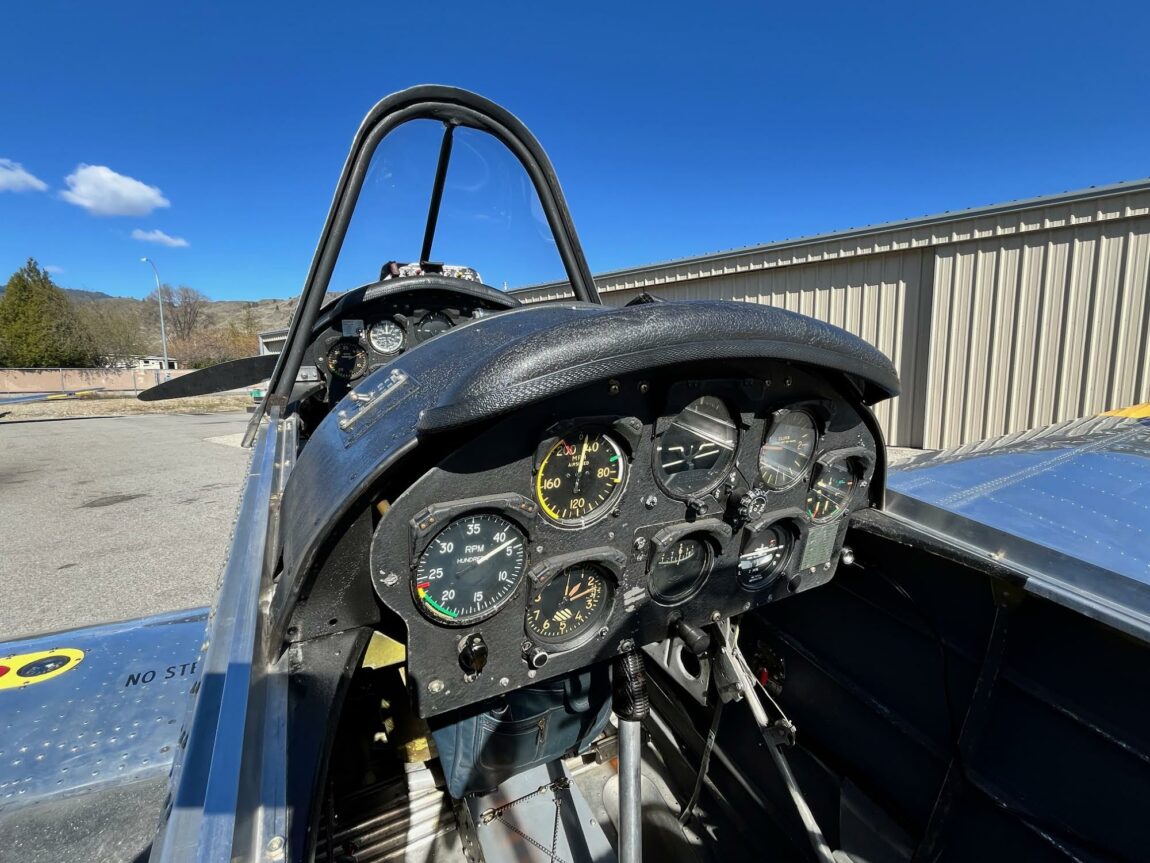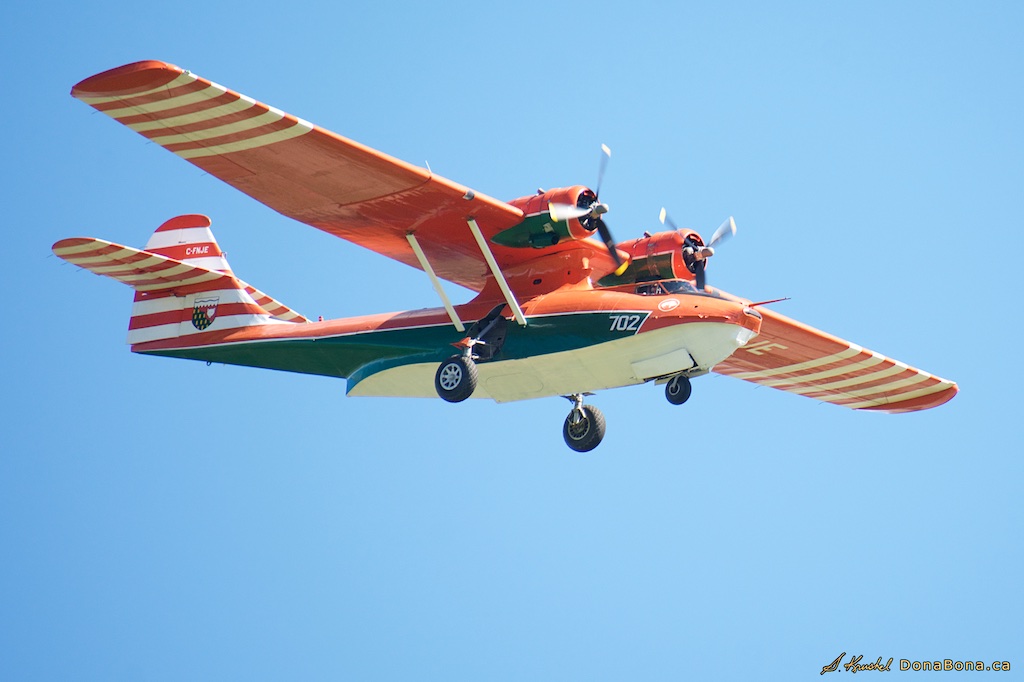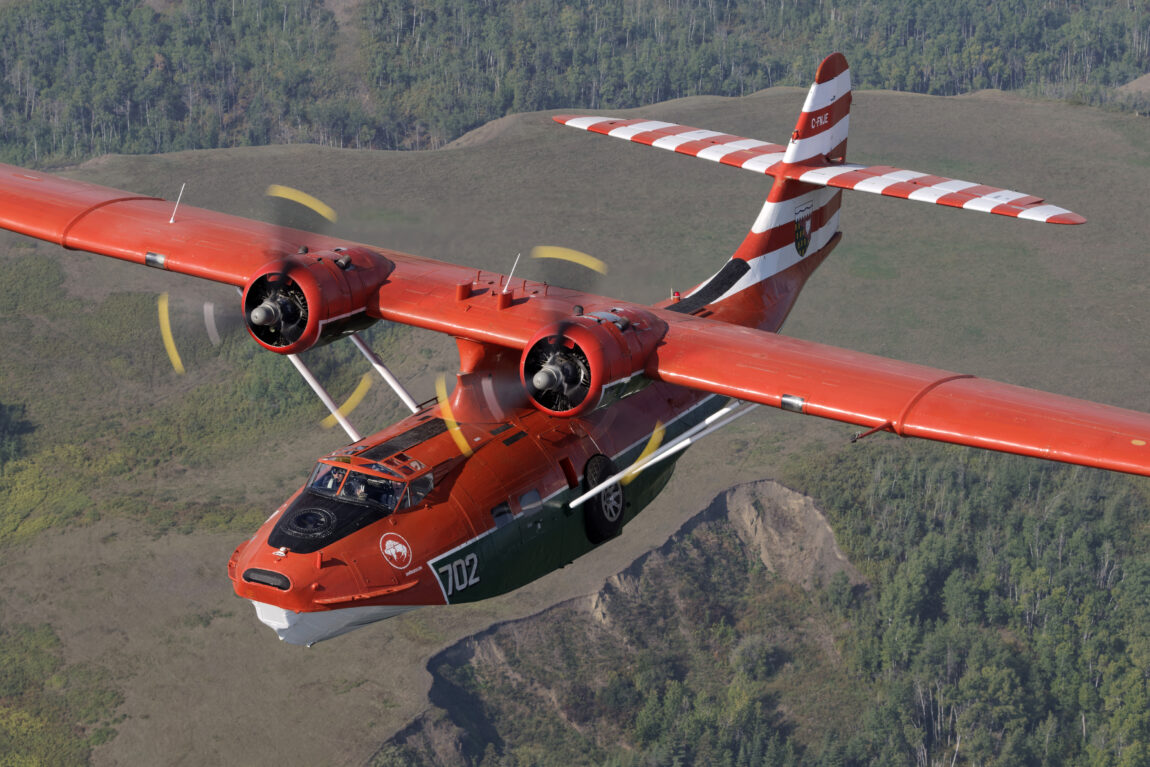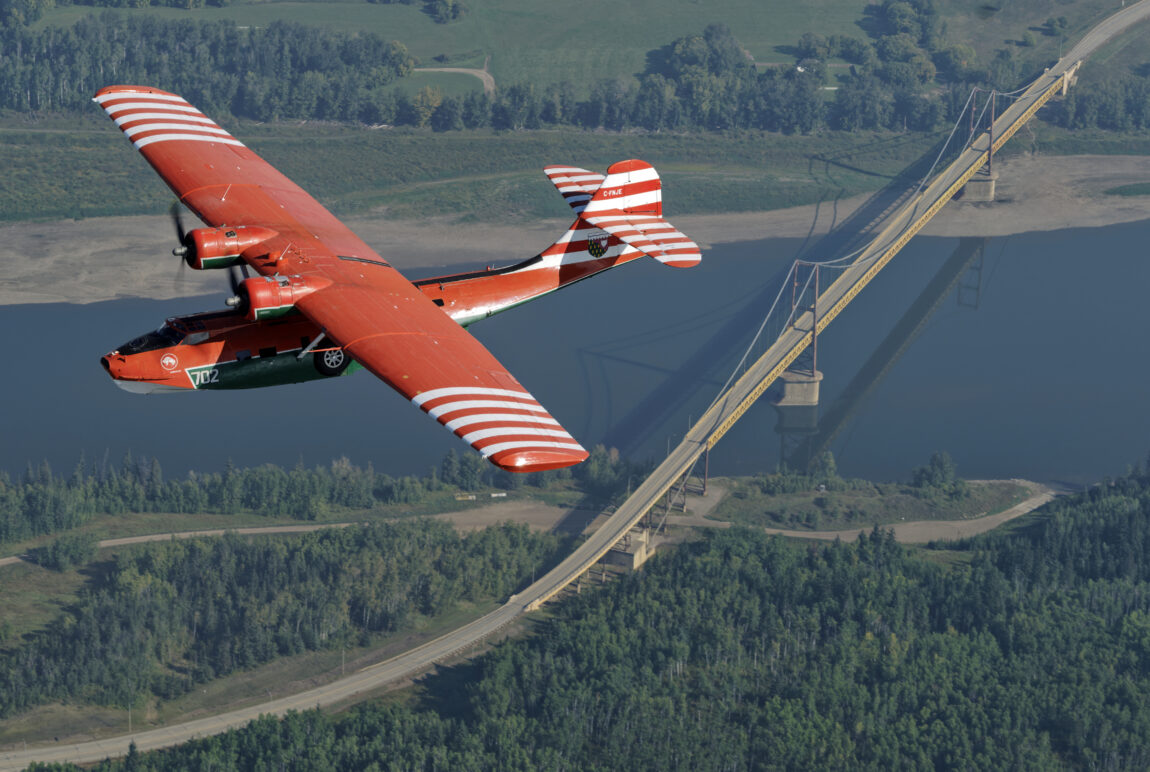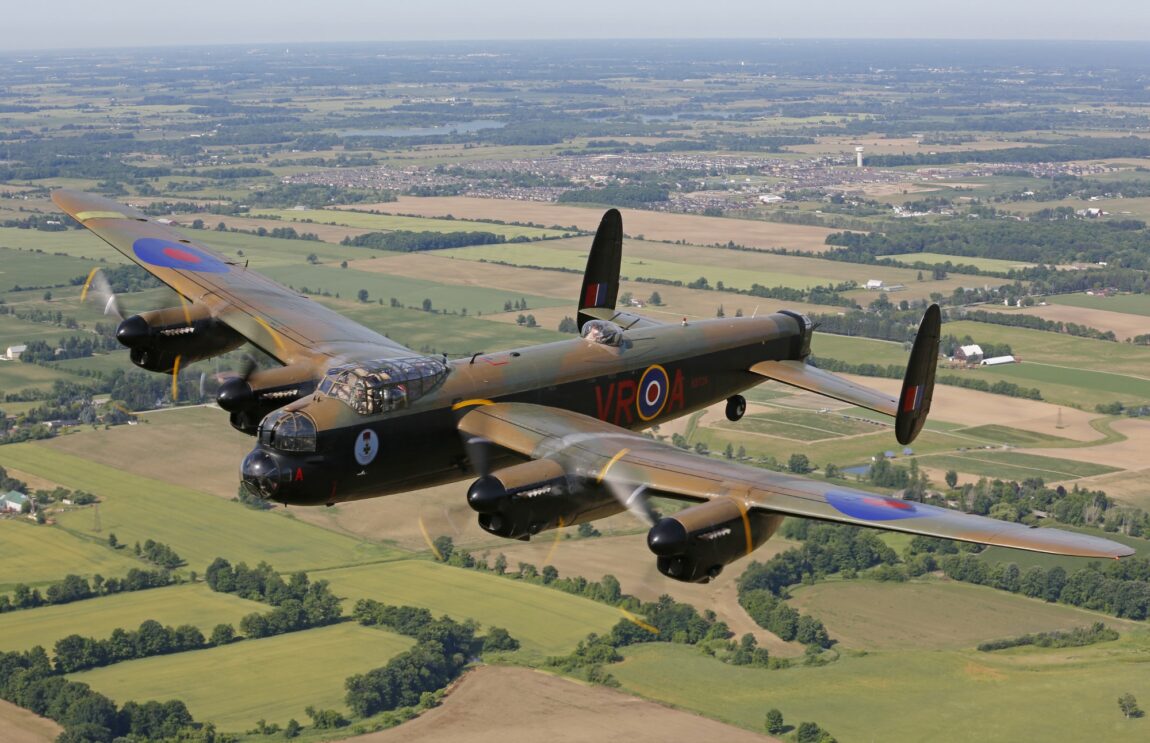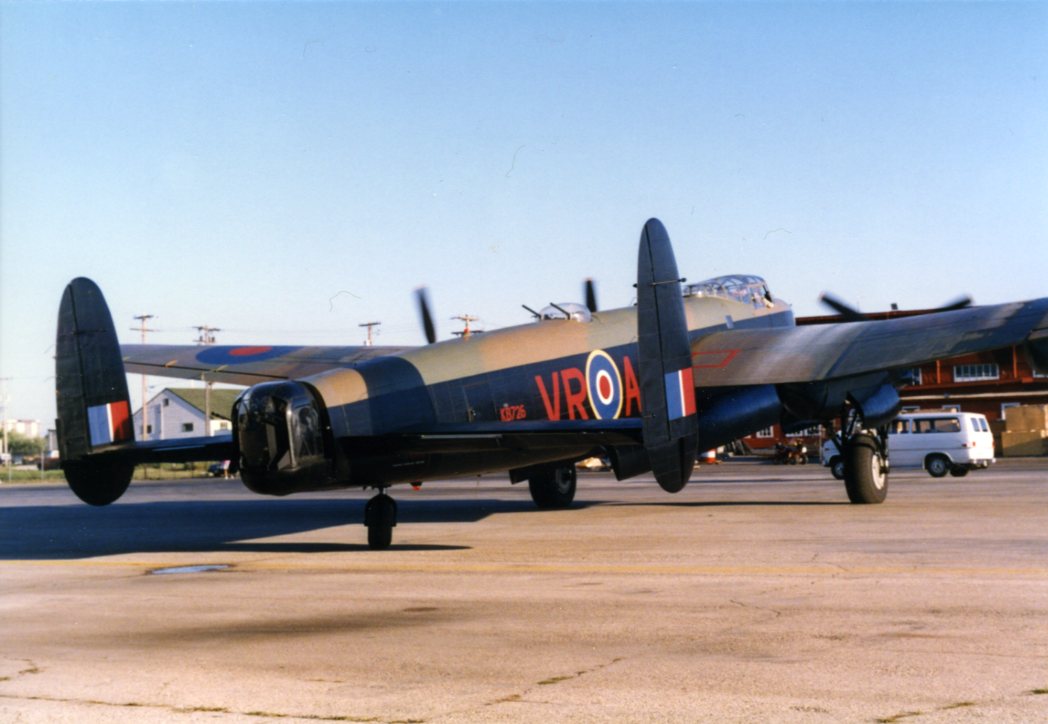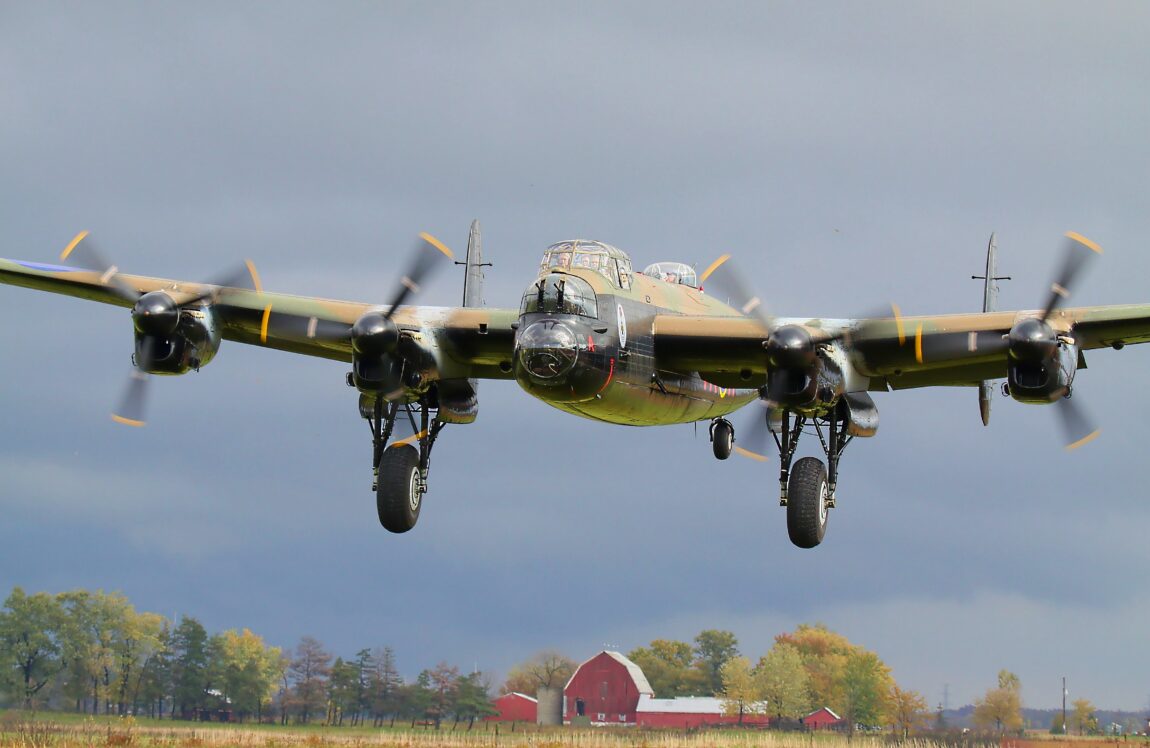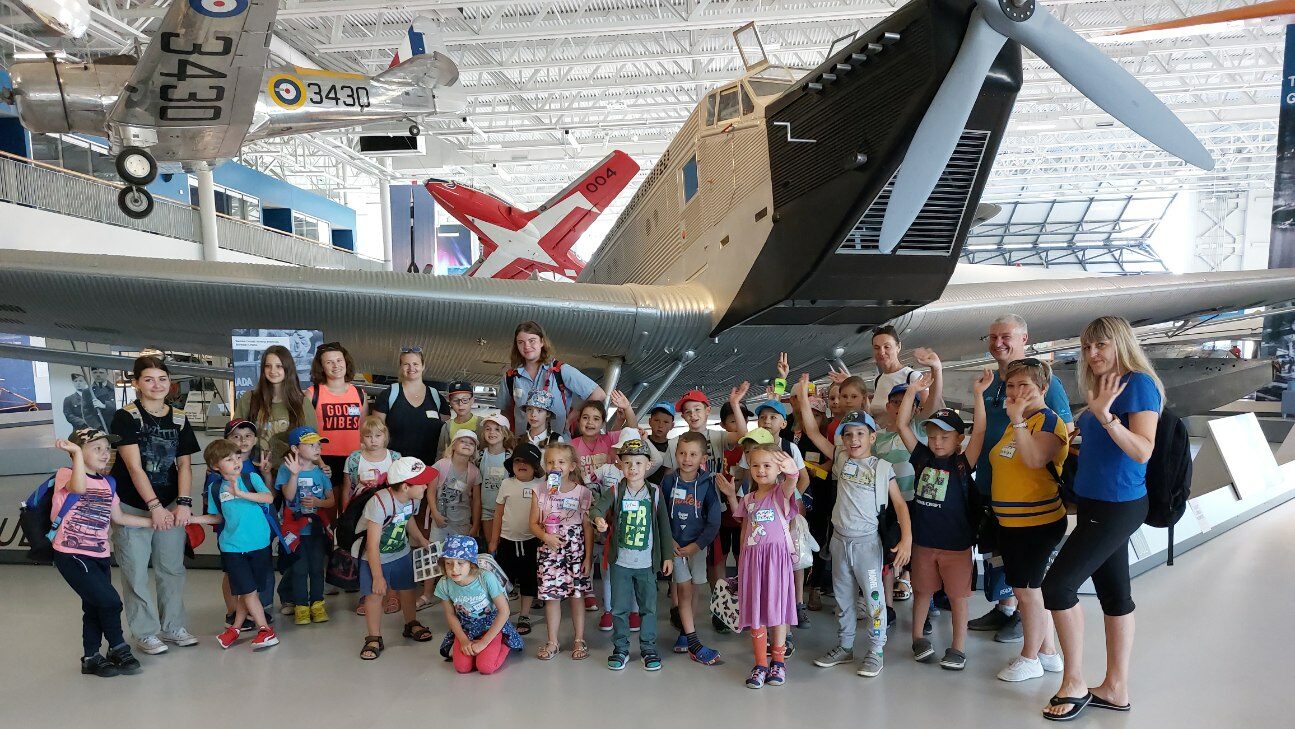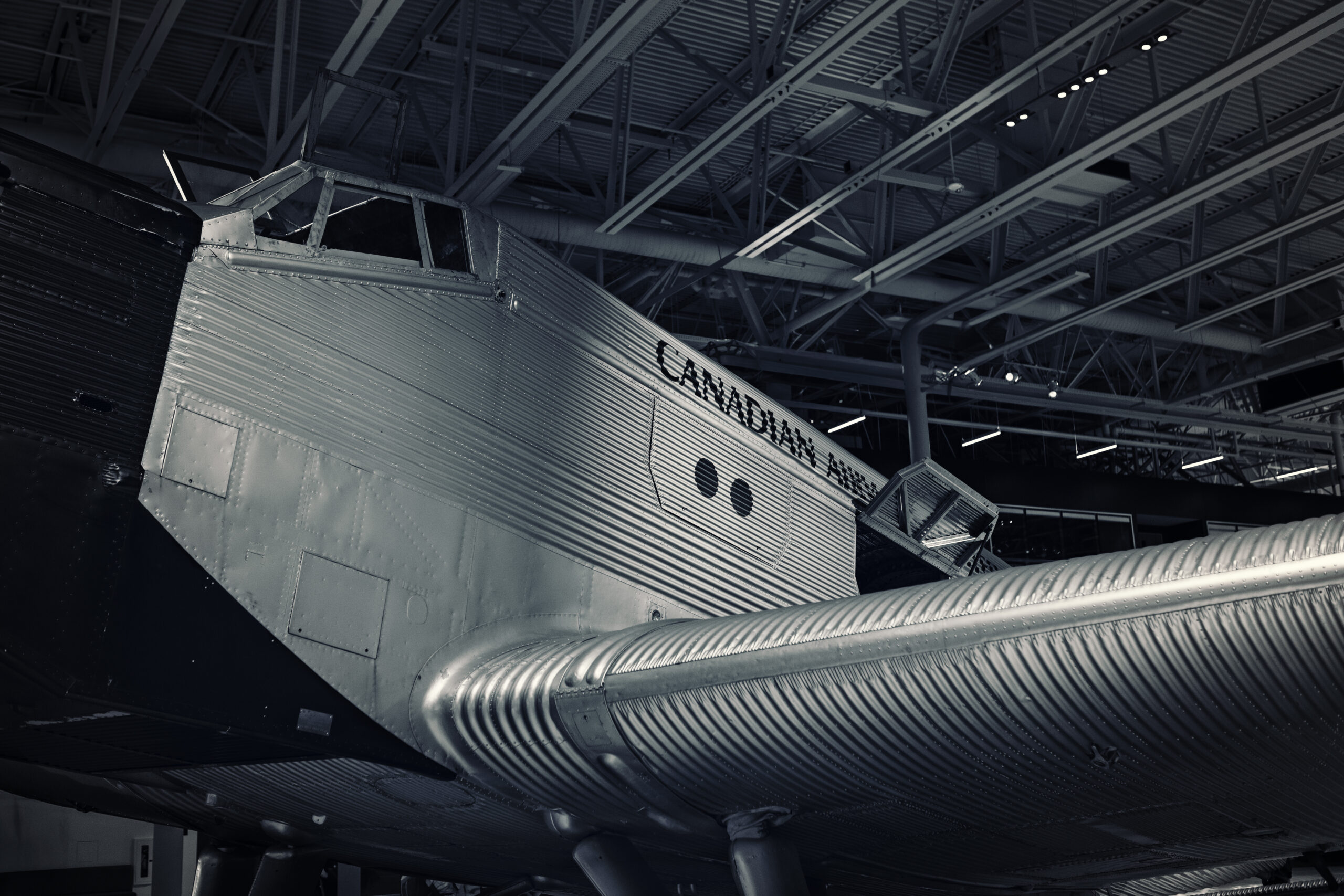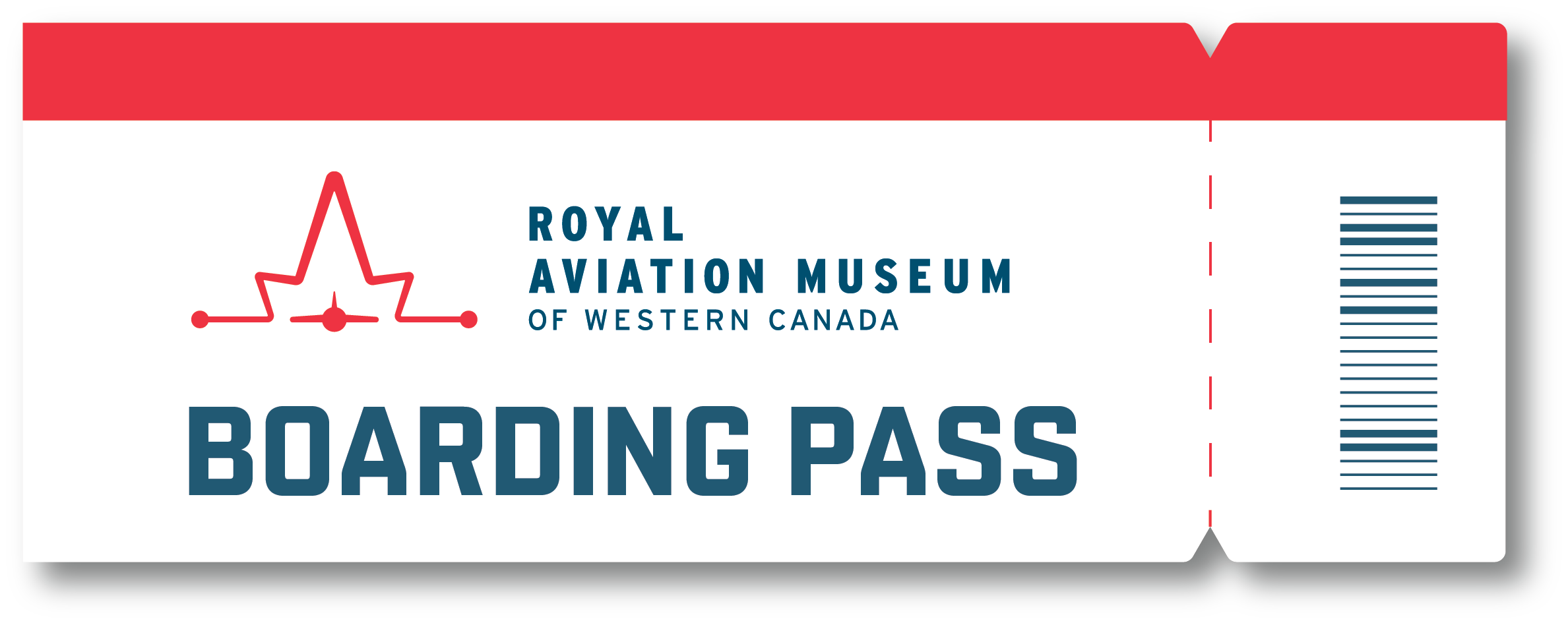April 22, 2024
We’re very excited to share our 2024 list of visiting aircraft with you! Mark your calendars—we’ve got some real gems coming your way this summer. Here’s the lineup:
May 17 – 20 | de Havilland Canada Chipmunk, C-FOAV
We’re kicking things off with the de Havilland Canada Chipmunk, a classic training aircraft developed for the RCAF and RAF after World War II. The Chipmunk performed its maiden flight on May 22, 1946, and was introduced to operational service that same year.
Fun fact: King Charles began his pilot training in a DHC Chipmunk when he was 20 years old. As heir to the throne, special precautions were taken when he was flying. One of these was a “Royal warning light” affixed to the front of his aircraft. This let other pilots know that the prince was airborne.
This Chipmunk is owned by Dave Gillespie of British Columbia and Doug Tomlinson of Saskatchewan. When Dave and Doug purchased the aircraft, it was painted in red and white Super Chipmunk livery. They have since restored it to its original factory finish, as shown here.
July 12 – 14 | Canso PBY-5A, C-FNJE
Canso A, FNJE, is a historic World War II Patrol Bomber formerly known as RCAF 11094.
The Canso is a rare and remarkable plane that played a vital role in Canada’s history. It was used as a submarine hunter, and for search and rescue during the war. After the War, it was converted for civilian use, mostly as a water bomber to help fight forest fires first in Newfoundland and later in western Canada.
In 2001, while fighting fires in the Inuvik, NWT area, FNJE started taking on water while loading and sank in about 100 feet of water. It was floated to the surface and pulled to the northeast shore of Sitidgi Lake where the engines were removed and salvaged.
This Canso is one of the few remaining airworthy examples in the world. Thanks to the efforts of wonderful volunteers at the Fairview Aircraft Restoration Society (FARS), it now has a distinctive orange and green paint scheme that represents the provincial colours of the Province of Newfoundland. It was repainted during the conversion to become part of their air tanker fleet.
Toonie tours!
For a $2.00 cash donation to FARS visitors can tour the inside of the Canso.
July 16 – 18 | Avro Lancaster, Mk. X
The Lanc is coming back!
One of only two airworthy Lancasters in the world will be at the Royal Aviation Museum July 16-18, 2024.
Recognized as the most famous Allied bomber of World War II, the Avro Lancaster is a lasting symbol of all they did to defend our freedom.
The Mynarski Memorial Lancaster, also nicknamed VeRA, is owned and operated by the Canadian Warplane Heritage Museum, a non-profit charitable museum located in Hamilton, Ontario.
The museum’s restoration crew, consisting mostly of World War II veterans, painstakingly restored the aircraft over eleven years. On September 11, 1988, the restored Lancaster flew again and has flown consistently since then. It has gone on several coast-to-coast tours of Canada and, in 2014, the Lancaster was flown to England to tour the UK with the other flying Lancaster.
This Lancaster is dedicated to the memory of Andrew Mynarski of Winnipeg. It is painted in the colours of his aircraft KB726 – VR-A – that flew with RCAF No. 419 “Moose” Squadron. Andrew Mynarski was posthumously awarded the Victoria Cross, the Commonwealth’s highest award for gallantry, when his Lancaster was shot down in flames by a German night fighter on June 13, 1944. As the bomber fell, he attempted to free the tail gunner trapped in the rear turret of the blazing and out-of-control aircraft. The tail gunner miraculously survived the crash and lived to tell the story, but Andrew Mynarski sadly died from his severe burns.
August 9 – 11 | P-51D Mustang
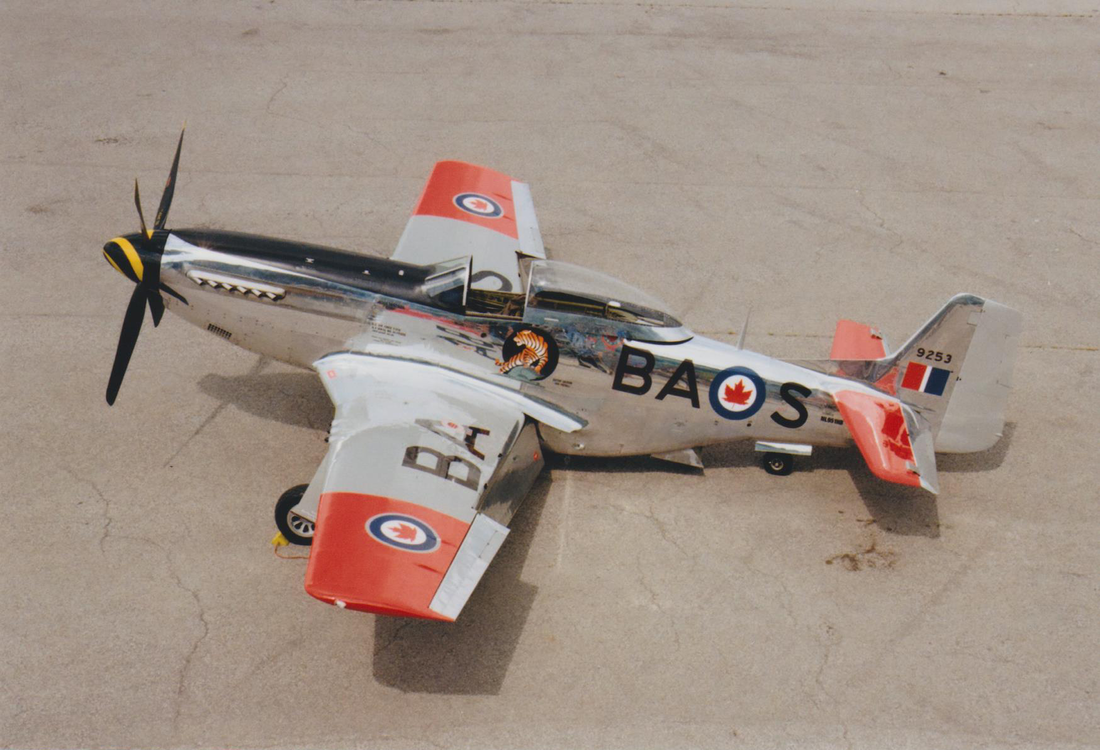
Don’t miss seeing one of the most legendary aircraft ever, the P-51 Mustang.
This aircraft could fly circles around the competition, especially when it came to escorting Allied bombers deep into enemy territory. The Mustang’s ability to stick with those bombers and bring them home safe and sound turned the tide in the Allies’ favor.
With a top speed faster of 440 mph (710 km/h) and moves that could make a ballet dancer jealous, the P-51D could outfly and outgun pretty much anything that dared to mess with it. Armed to the teeth with six .50 caliber Browning M2 machine guns, this bird packed a wallop that sent enemy planes running for the hills.
Originally built for snooping around as a recon plane by the Royal Air Force (RAF), the Mustang got a makeover that turned it into a high-flying, sky-patrolling warrior. The P-51D’s ability to switch gears at the drop of a hat made it a go-to asset for the Allied forces.
Owned by Hannu Halminen of Ontario, this Mustang wears the livery of RCAF 9253, coded BA•S.
Stay tuned to our Events page and social channels for more details on all these visiting aircraft events!

